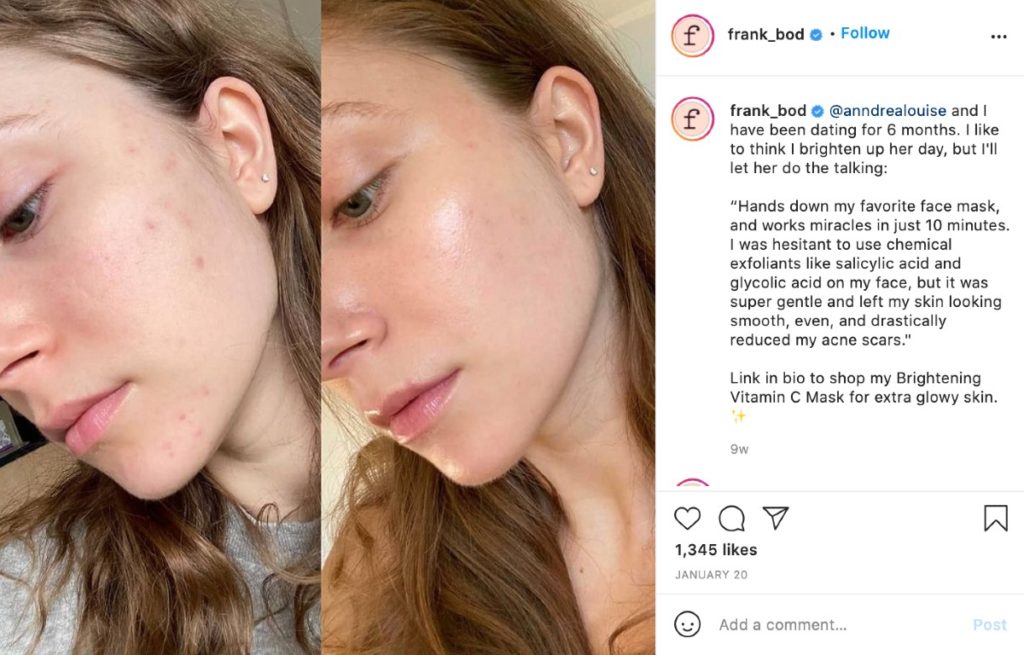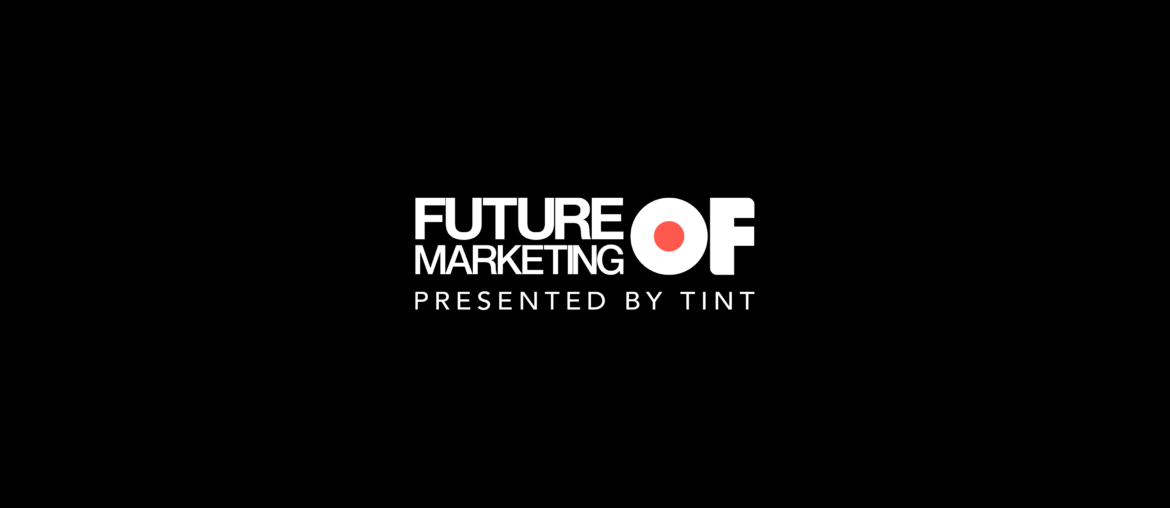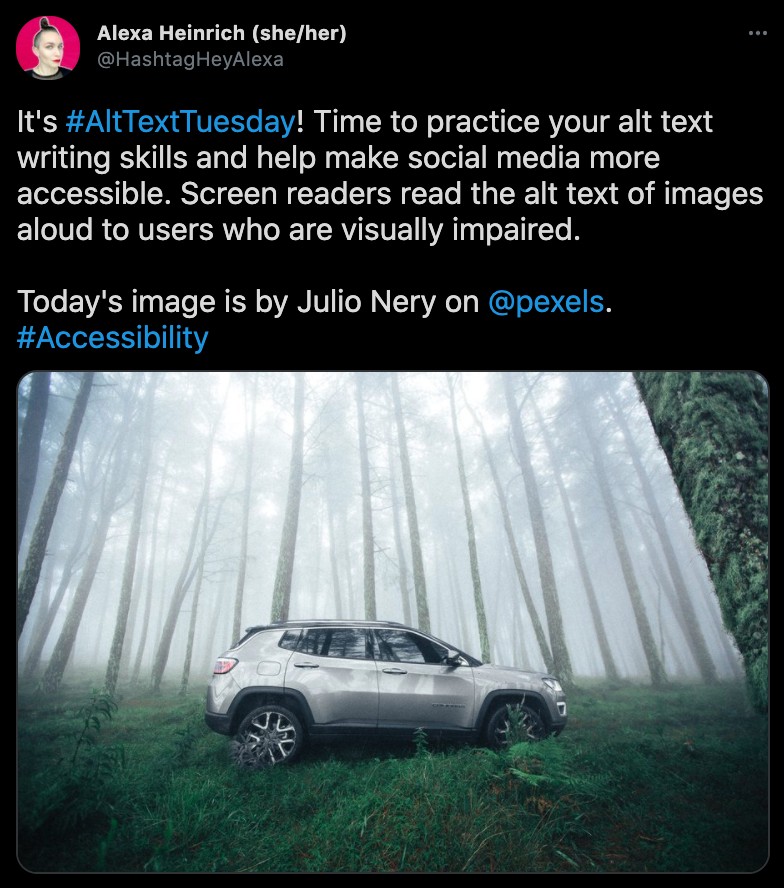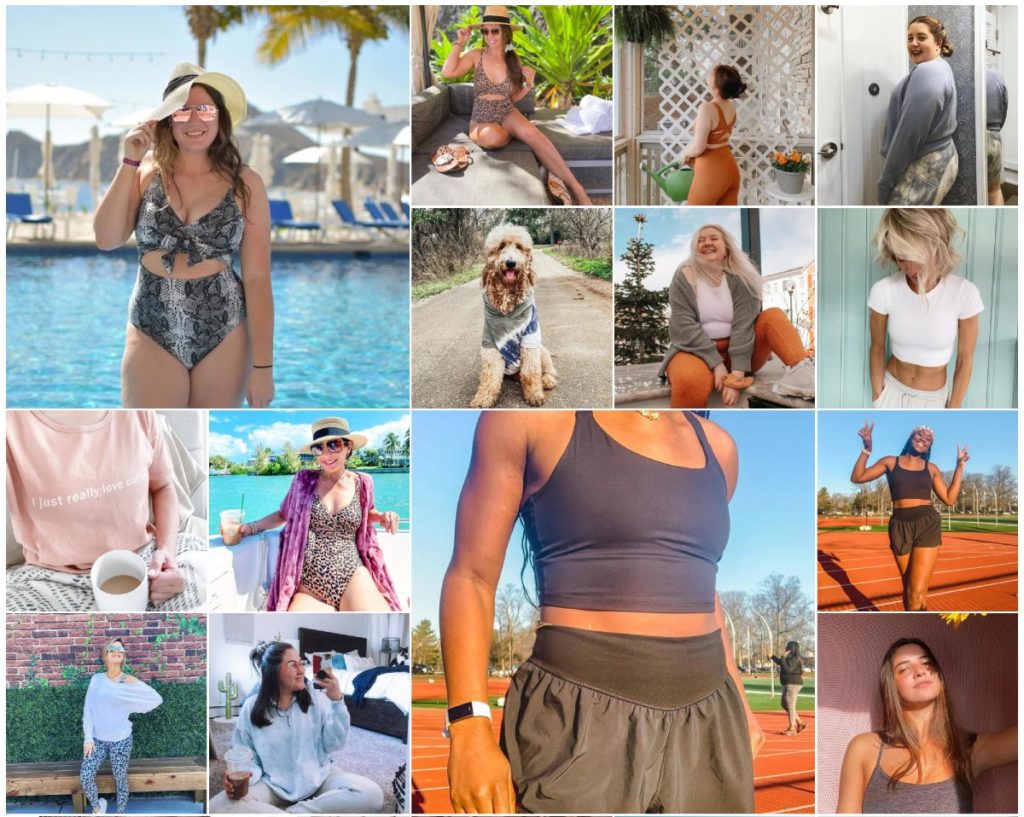This content originally appeared on April 1, 2021 as part of the Future of Marketing weekly email series. Subscribe here.
Welcome to Future of Marketing.
Each week, we send you the most relevant trends, resources, and strategies in social and user-generated content (UGC) from leading marketers and brands around the globe.
Today, we’re discussing:
- Humans process visuals better than text
- Accessibility in content
- #BrandCrush: Aerie
Humans process visuals better
When visuals are not present, people remember only 10% of the information you share after three days. However, when relevant visuals are paired with that same information, people retain 65% of the information within the same amount of time.
Ask your customers for visual or video testimonials to foster community, add social proof, and attract people to your brand – like Frank Body does with #TheFrankEffect:

Past research by 3M revealed the astonishing speed at which the human brain processes visuals – about 60,000 times faster than text. Add user-generated images or video to your testimonials, and it’s likely you’ll increase conversions.
One challenge is that visual content production requires time and money, which marketing teams don’t always have… but UGC alleviates. Even brands like Tim Hortons and Kaplan are hiring specialists to find, collect, and distribute captivating user-generated content (UGC) across various channels.
Remember: 93% of marketers agreed consumers trust reviews and recommendations from people more than brands. This means that your expensive product shoot could have a smaller ROI than getting rights from your customers to reshare their content.
Accessibility should be the norm
Visual content increases information retention and conversions – but what about fans who are visually impaired? How can you ensure they’re included, too?
One in four people are visually impaired in the United States alone. 85% of video on Facebook is watched without sound. In 2019, 98% of popular websites were not accessible… and now Web Content Accessibility Guidelines (WCAG) compliance is expected and mandated around the world.
Additionally, a study revealed the number of digital accessibility legal cases grew to 3,550 in 2020 – up 22.8% from 2,890 in 2019.
Alexa Heinrich is an incredible source for accessibility in marketing. She writes a weekly newsletter called #AccessibleSocial and hosts #AltTextTuesday, where she asks users to describe images and practice their alt text skills. Genius!
The UGC within #AltTextTuesday carries valuable insights from – and for – marketers around the world.
To make your content more inclusive, here are five things you can start doing now:
- Add alt text to your visuals (algorithms love this, too)
- Add captions to your videos
- Camel case hashtags (i.e. from #futureofmarketing to #FutureOfMarketing)
- Ensure visual contrast in colors and fonts
- Place emojis at the end of your posts
For brands, accessibility is no longer optional – it’s expected.
“In the end, it shouldn’t just be about conformance with WCAG and ADA guidelines. You want a vendor that will ensure your website is usable for people with disabilities.”
– Jason Taylor, Chief Innovation Officer at UsableNet
In other words, your goal should be to deliver a great customer experience by becoming more inclusive – or else miss out on potential revenue.
What we’re learning
- How brands are using TikTok for customer and product feedback
- What’s the true cost of content?
- Early adopters in travel: encouraging returning customers
- Spotify acquired Locker Room (Clubhouse’s competitor)
- LinkedIn is working on a Clubhouse rival, too
- Getty acquired Unsplash
Now hiring
- Tim Hortons is hiring a Manager of Digital and Social (and mentions UGC)
- Kaplan is hiring a Social Media Manager
#BrandCrush: Aerie
Accessibility and inclusivity go beyond alt text and closed captions. It means elevating a diverse range of voices in the UGC you share.
Aerie highlights the voices of fans of all body types, skin colors, and races in their #AerieReal campaign. Through #AerieReal, the brand promotes messages of empowerment and positivity by inviting fans and customers to submit images of their purchase in their purest form – no retouching, 100% real.
Aerie then re-purposes the UGC from #AerieReal across a dedicated page on their website (shown above) and social media.
By highlighting diverse voices in your content and customer journey, brands and products will feel more relatable to a wider audience – while making your brand more authentic and inclusive.


